The newest streaming service from HBO, HBO Max includes a wide range of movies and TV shows that spans all genres. With partnerships from D.C. to Studio Ghibli, along with a number of original shows and new movie streaming rights from Warner Brothers, HBO Max has a lot to offer its subscribers.
Along with big hit movies and beloved TV shows in its repertoire, HBO Max also boasts a surprisingly unique and substantial library of foreign film classics, many from the golden age of international art-house cinema, as well as Japanese masterworks. Movies like Seven Samurai and these nine others were visionary for their time and are still admired to this day, making them must-watches for any lover of film and film history.
8 1/2 – 8
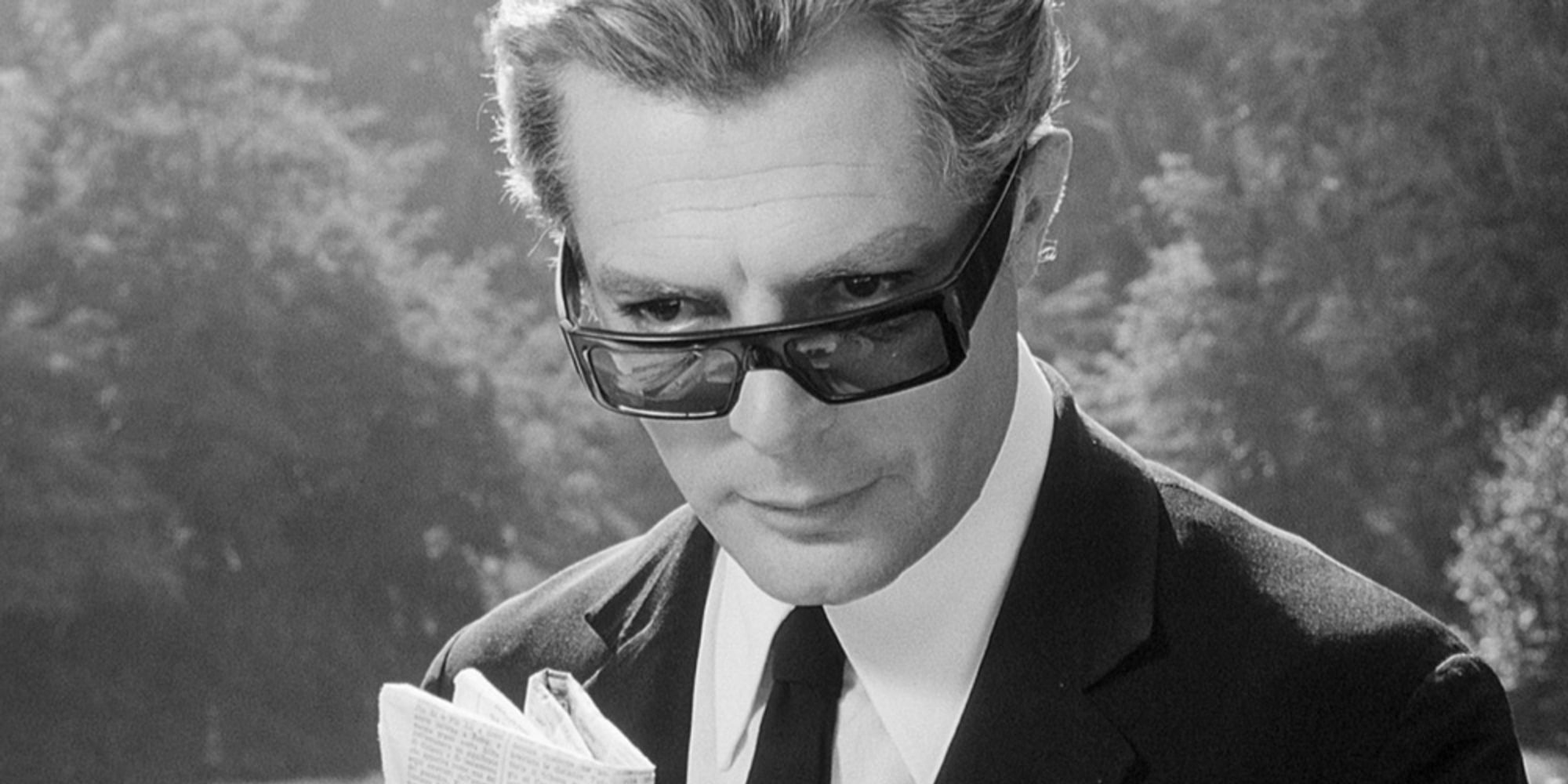
Considered one of the most influential films of all time, Federico Fellini’s 8 1/2 is an Italian surrealist masterpiece. A personal film for Fellini, and one filled with meta-commentary on the art of filmmaking and directing, the movie follows a famous director who is struggling with both his art and his relationships.
Filmed in beautiful black and white, with a dreamy atmosphere and a plot that becomes more and more autobiographical for the director in the film and Fellini himself, 8 1/2 has inspired decades of filmmakers with its comedy and beauty.
The Passion Of Joan Of Arc – 8.1
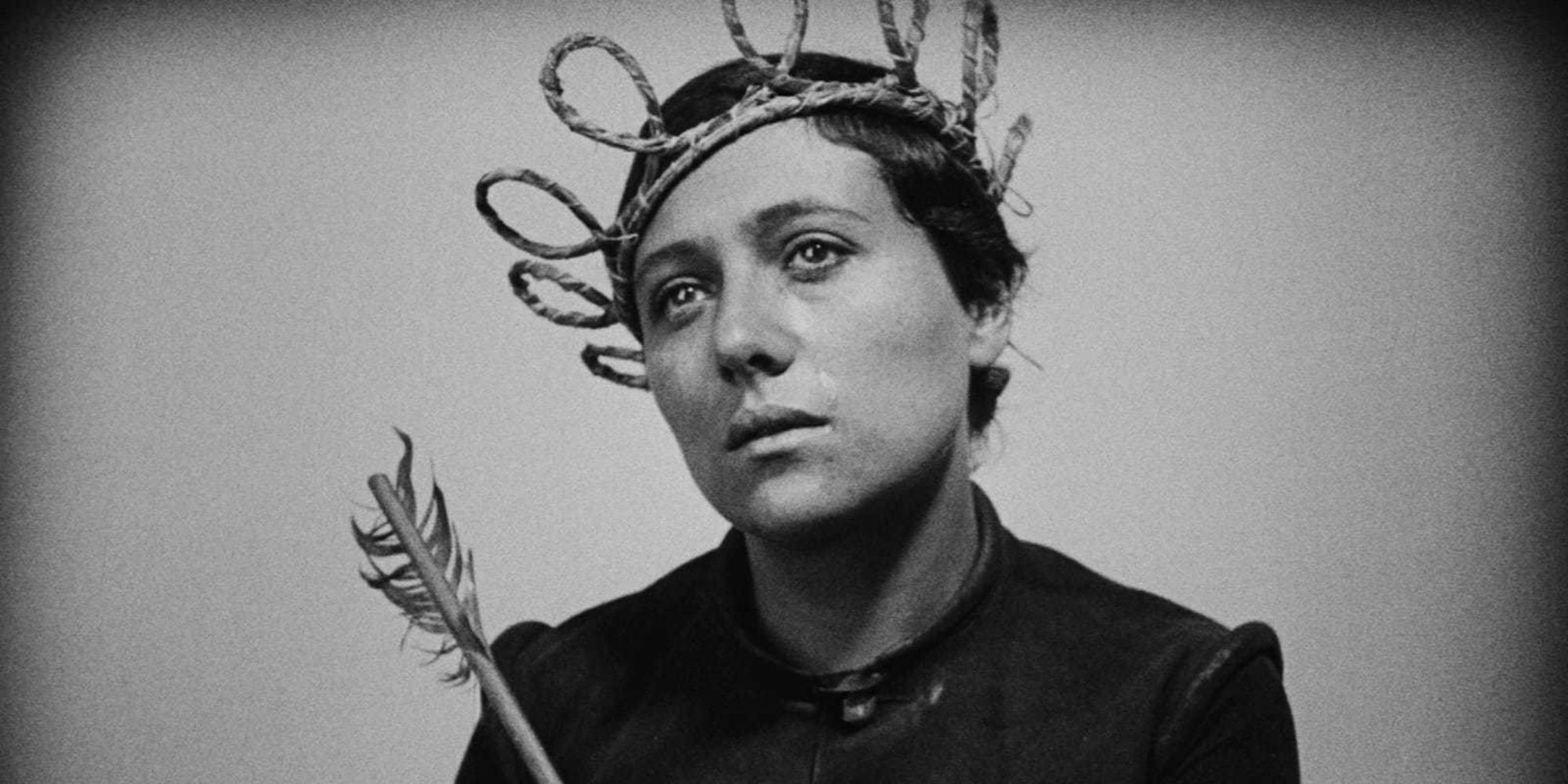
The oldest film on this list, The Passion Of Joan Of Arc is a 1928 silent film that is now seen as a landmark in film history. As a historical film, it follows the imprisonment and trial of Joan of Arc in 1400’s England. The film’s creative use of close-ups and the tight framing on actor’s faces really emphasized their performances in a unique way that still stands out to this day.
While audiences now may find the acting different and strange with no audio, it’s hard to argue the brilliance of the actors, who relied on the subtle use of expression and eye movement to reveal a deeper meaning and message.
The 400 Blows – 8.1
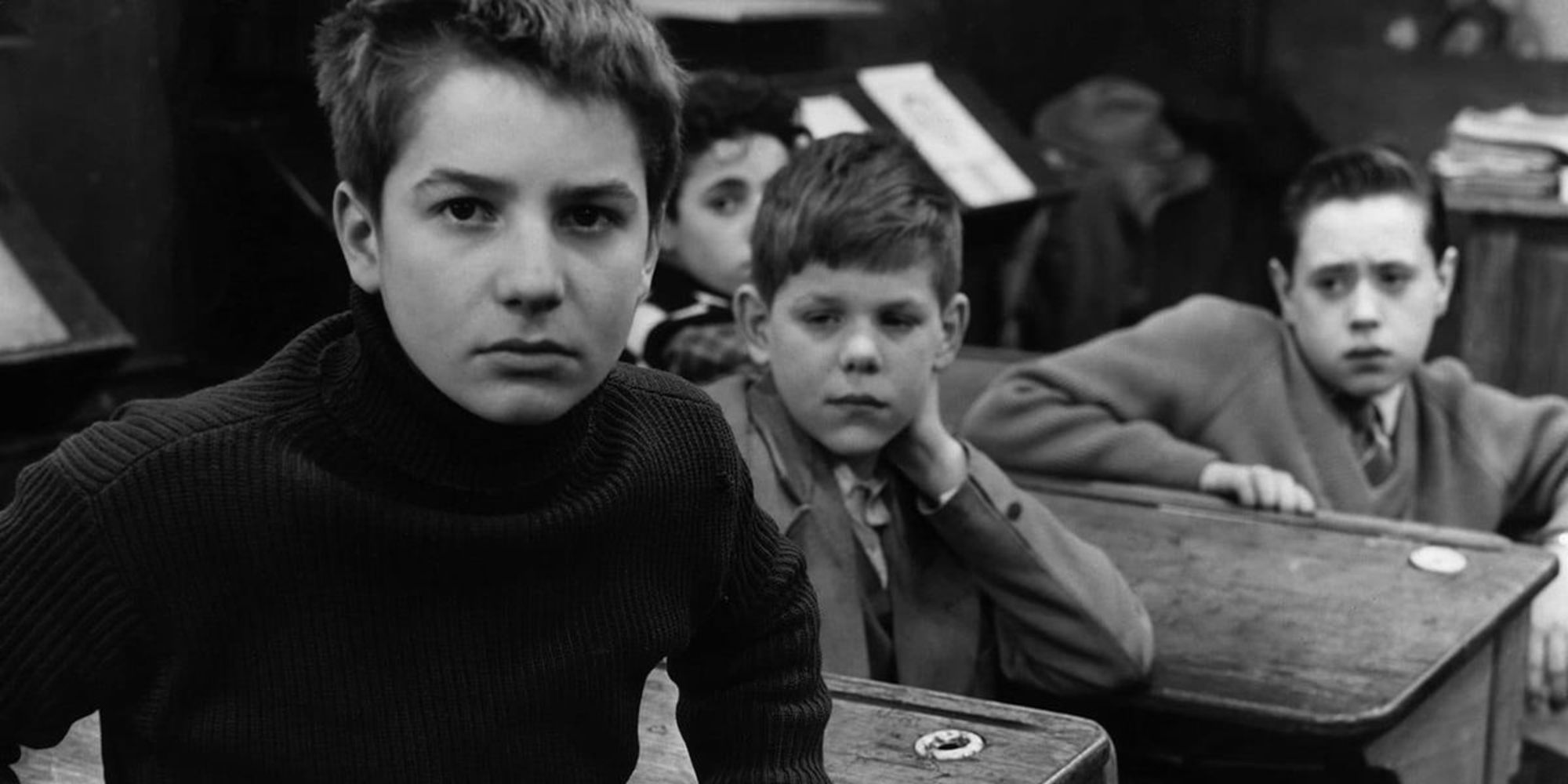
One of the most famous French films of all time, and the defining film of the French New Wave art-film movement, The 400 Blows follows the young and rebellious Antoine as he maneuvers through his troublesome childhood. Growing up in 1950s Paris, Antoine struggles both in school and at home, constantly getting in trouble and eventually trying to run away.
Using experimental editing and cinematography techniques and exploring many themes that French New Wave came to be known for, director François Truffaut positioned himself as one of the fathers of French New Wave, and one of the most influential directors of his time.
Rashomon – 8.2
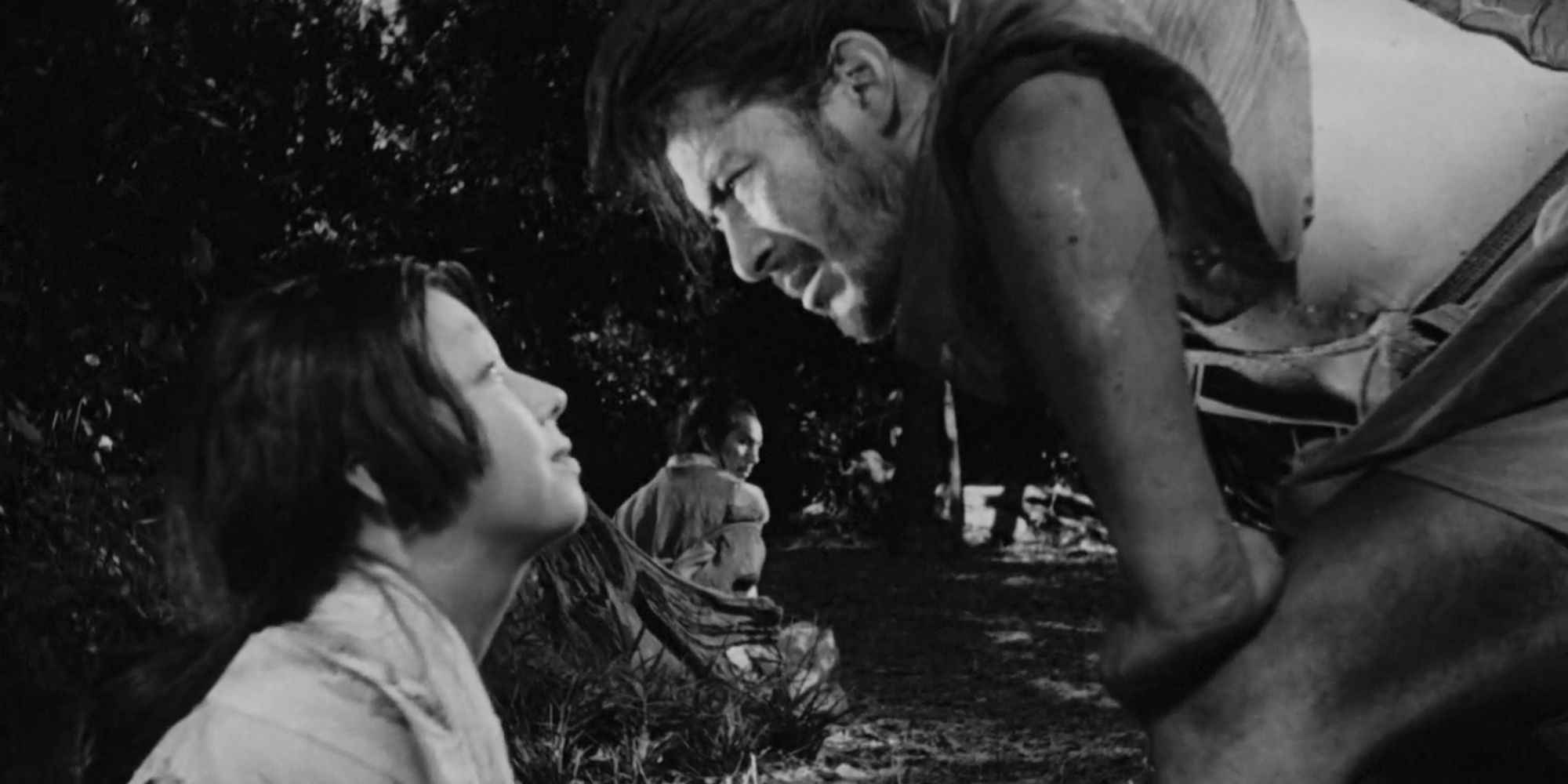
The first of two films on this list by acclaimed Japanese director Akira Kurosawa, Rashomon is yet another highly influential and heralded film. Based on two Japanese short stories, the film explores the murder of a samurai and the assault of his wife as four people recount their own version of the events they witnessed, with many differences arising in each one.
Using flashbacks, Kurosawa brilliantly examines the idea of justice and truth through the telling of these four stories from unique individual perspectives, creating a wonderful and timeless film of great vision and direction.
Wild Strawberries – 8.2
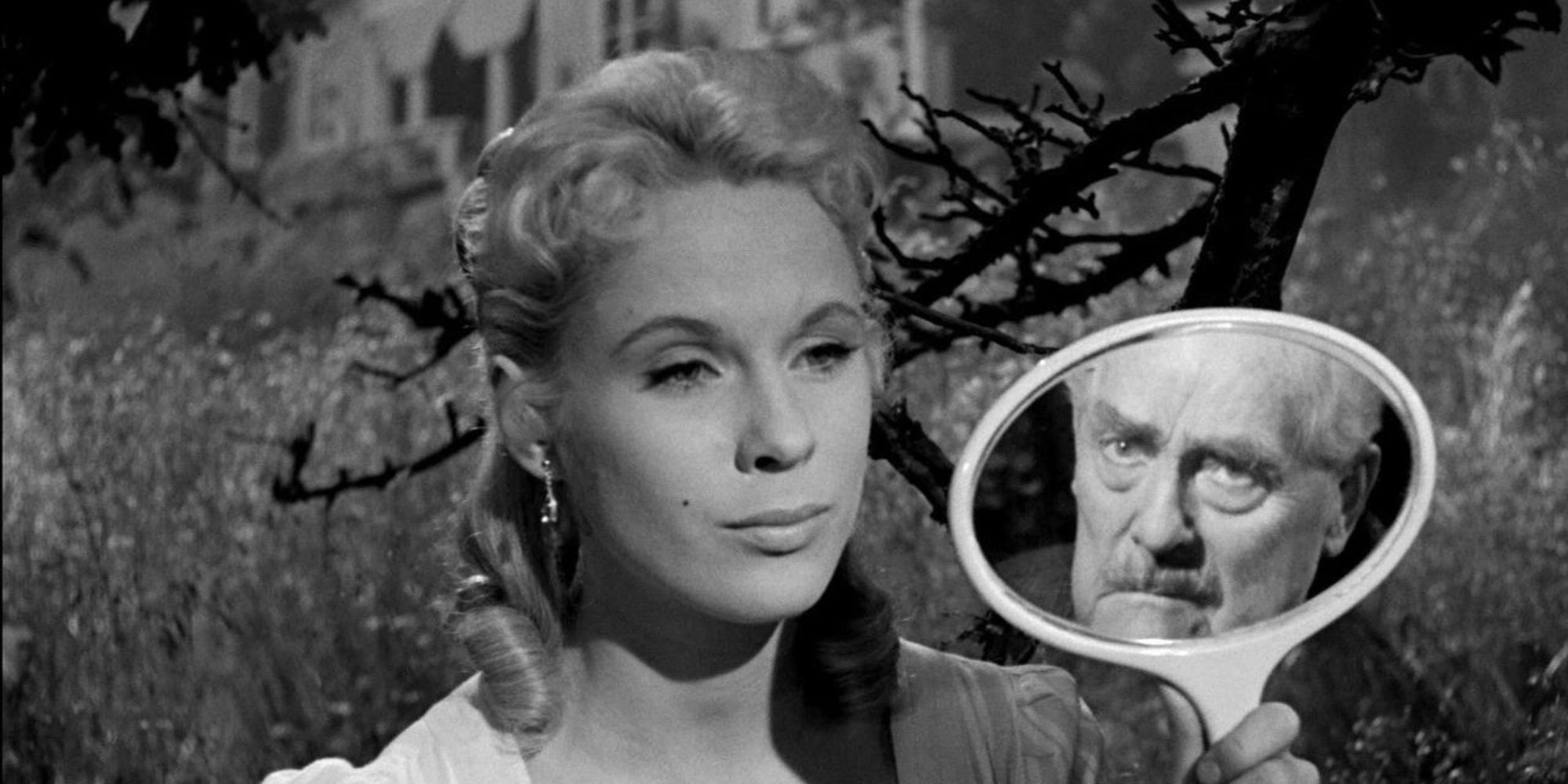
This beautiful and poetic drama from the great Ingmar Bergman follows an old and retired doctor on a journey of self-realization and introspection as he travels to receive an honorary degree from his old school. Running into many hitchhikers along the way, each one reveals more about this old doctor as they spur different dreams and nightmares about his past, forcing him to reexamine his life.
Dealing with many philosophical and existential themes and questions, this is one of Bergman’s most emotional and compelling films.
Tokyo Story – 8.2
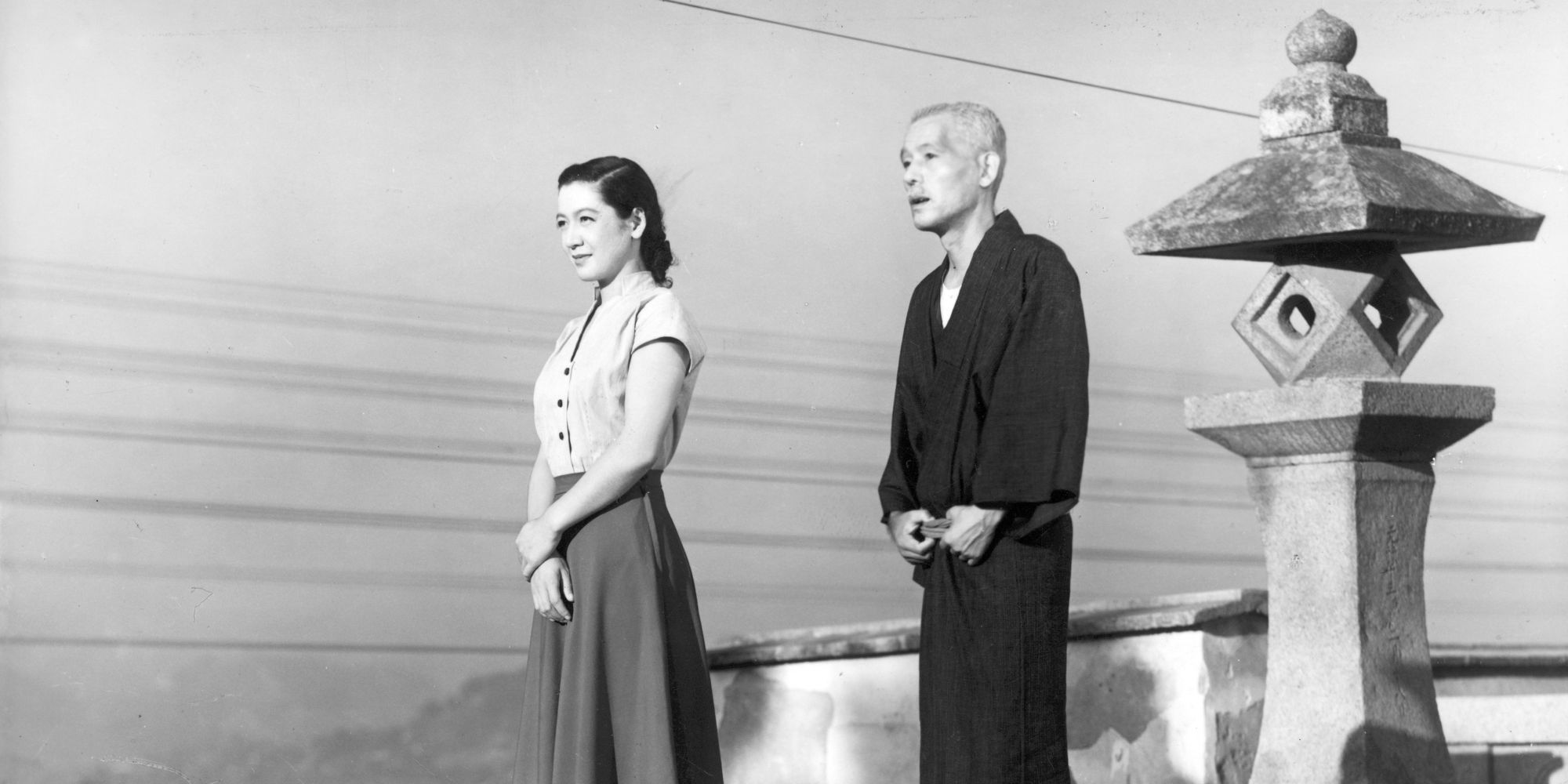
This minimalist 1953 Japanese drama about an old couple visiting their children in Tokyo has become a favorite of critics and viewers alike and is heralded as one of the best films of all time. Contrasting the behavior towards the parents of both their children and daughter-in-law, director Yasujirō Ozu creates a beautiful and unique storytelling style using mainly dialogue and simple but beautiful camera work.
Events of the movie are rarely shown but are rather discussed in conversation, and the camera sits stationary and static most of the film.
The Seventh Seal – 8.2
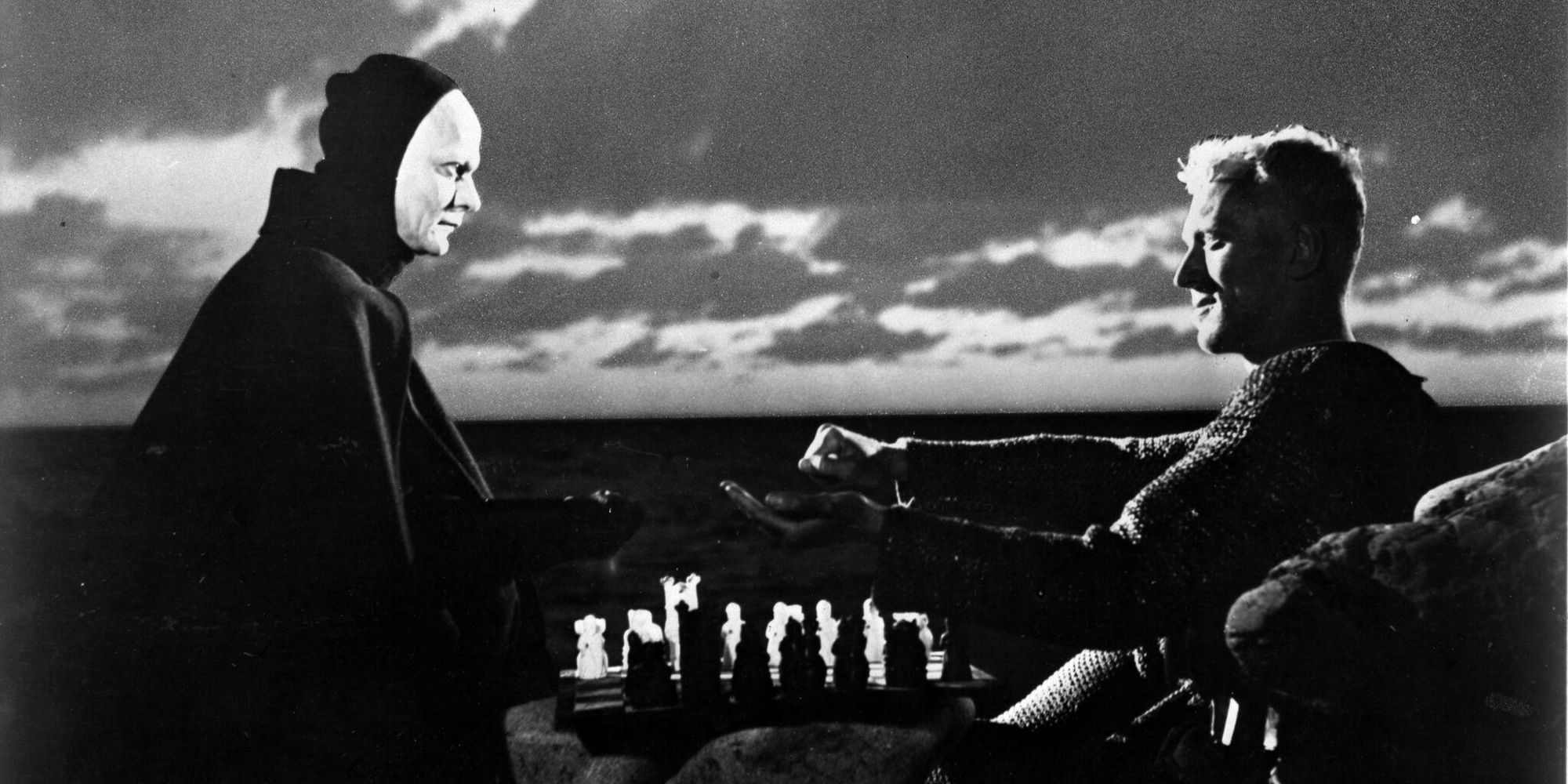
Another classic from the acclaimed director Ingmar Bergman, The Seventh Seal thrust Bergman into international renown. This iconic film follows a knight during the Black Death, who ends up playing a game of chess with the creepy embodiment of Death itself, who has come to take the life of the knight.
Riddled with allegory and metaphor, and exploring themes revolving around religion, God, and faith, The Seventh Seal is a smart and philosophical examination of Christianity. Using brilliant cinematography techniques and brash symbolism, Bergman creates a wonderful and compelling drama that cemented his name in film history.
M – 8.3

An early sound film that revolutionized filmmaking, M was innovative in both camera techniques, sound, and storytelling. This 1931 film follows the attempts by both the police and criminals to catch a serial killer on the loose in Berlin, Germany.
Considered by the director, Fritz Lang, to be his magnum opus, M created new ways to shoot and use sound in a film, being the first to use long tracking shots, and with innovations in score, off-camera sounds, and narration. This was also the first film to use a leitmotif, where a piece of music is associated with a certain character.
Bicycle Thieves – 8.3
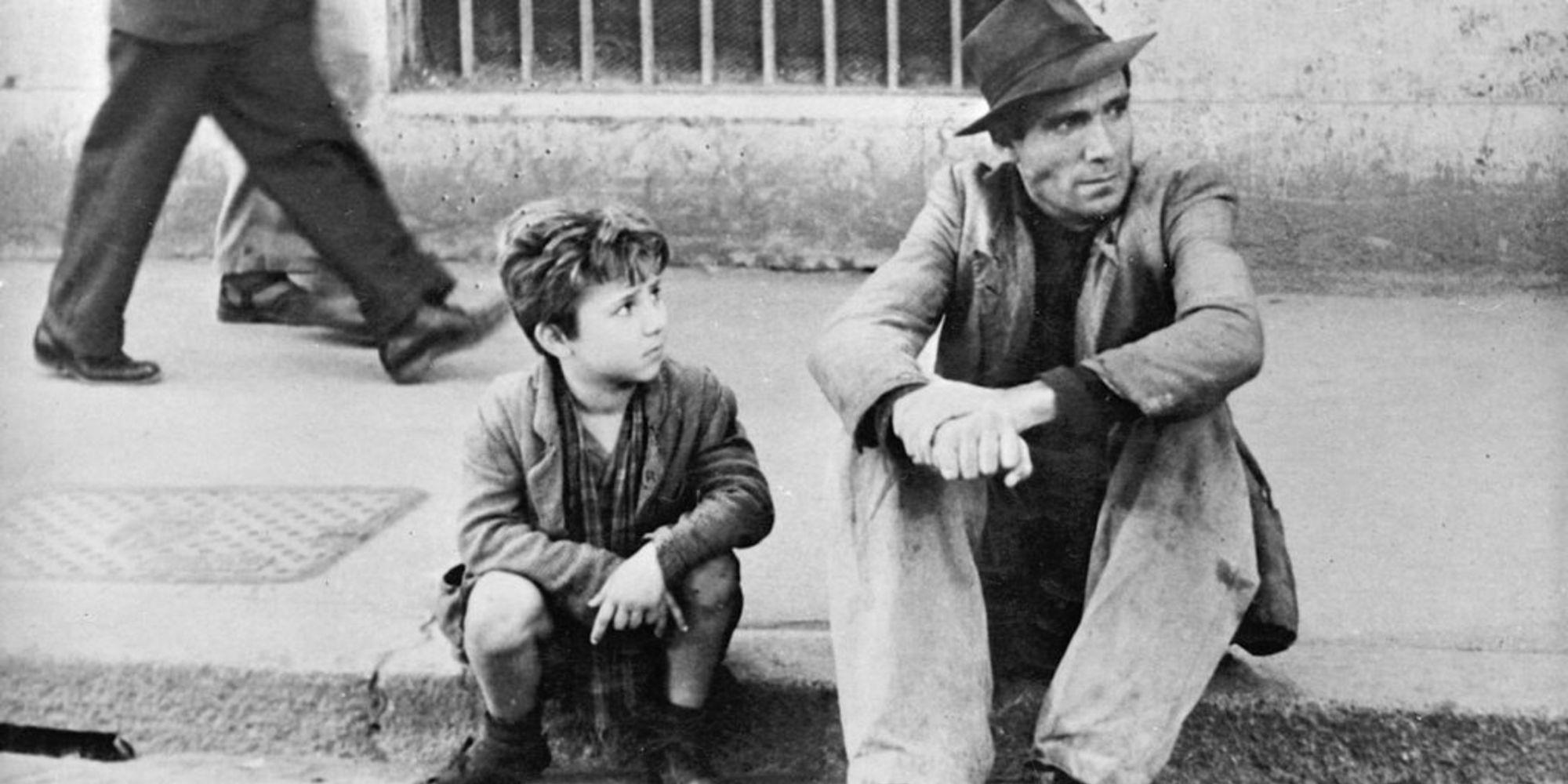
Another classic and deeply influential film, Bicycle Thieves is an Italian Neo-realist masterpiece that is regarded, as most on this list, as one of the best films of all time. Shot on location and using non-actors, as most Italian Neo-realist films do, Bicycle Thieves follows Antonio and his son Bruno as they search for Antonio’s stolen bike in Rome, which he needs in order to work.
The style of this film and other Italian Neo-realist films is to tell stories of normal, everyday life, and the events that make up an ordinary day. The film also explores post-war Rome and its citizens, showing what life was like after years of hardship.
Seven Samurai – 8.6
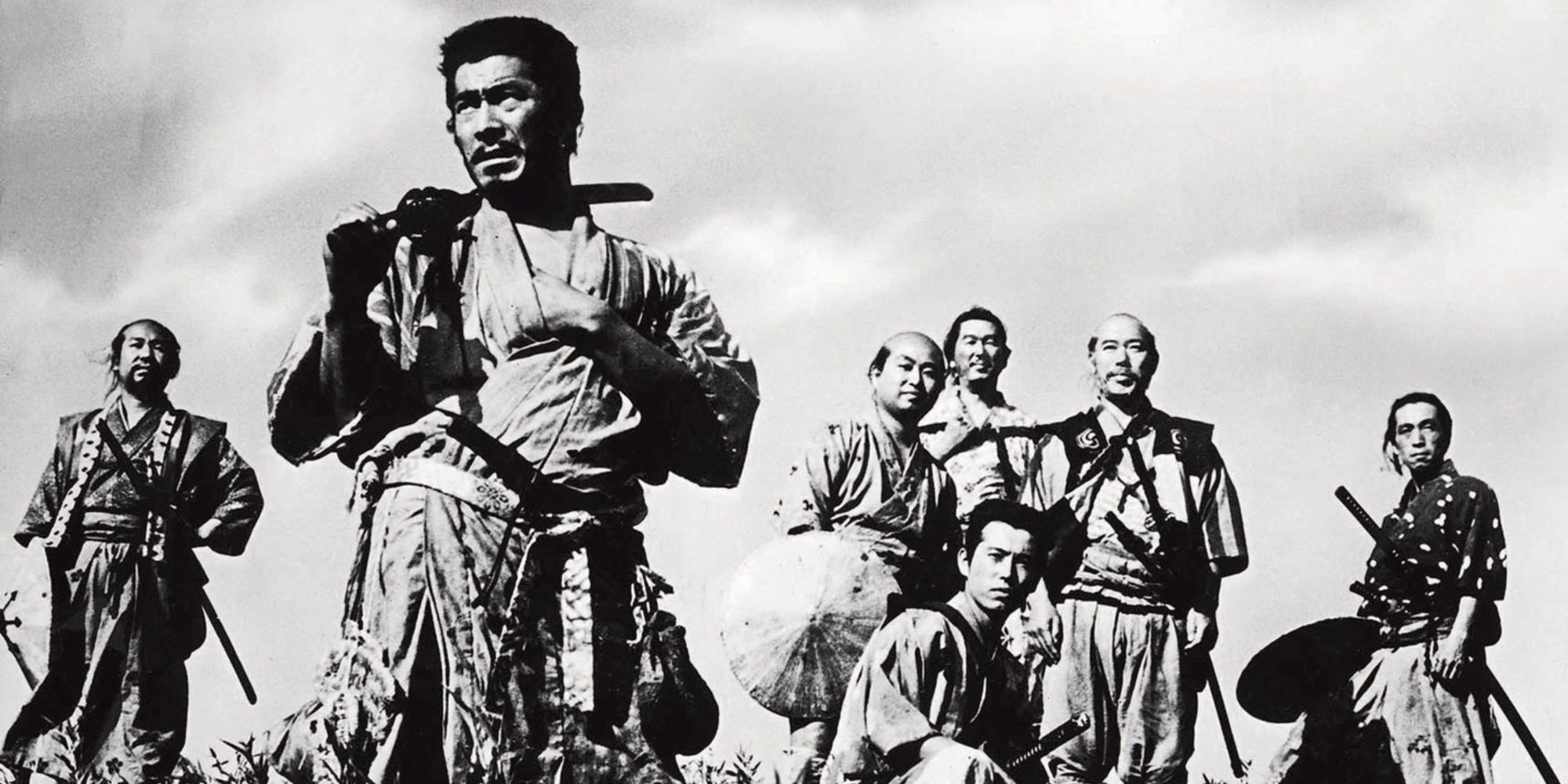
An epic Samurai drama set in 1500’s Japan, Akira Kurowasa’s Seven Samurai is a brilliant and heroic ode to Japanese history and a masterwork in directing. Following threats from bandits who want to come back to a small village to steal their crops, villagers venture to hire seven Ronin to protect their homes and fields.
What follows is a fun, comedic, and engrossing drama, as villagers attempt to find and hire a group of unique and interesting samurai. With memorable characters, great action sequences, and beautiful cinematography, it is no wonder that Seven Samurai is still so highly regarded, almost 70 years after it was released.




